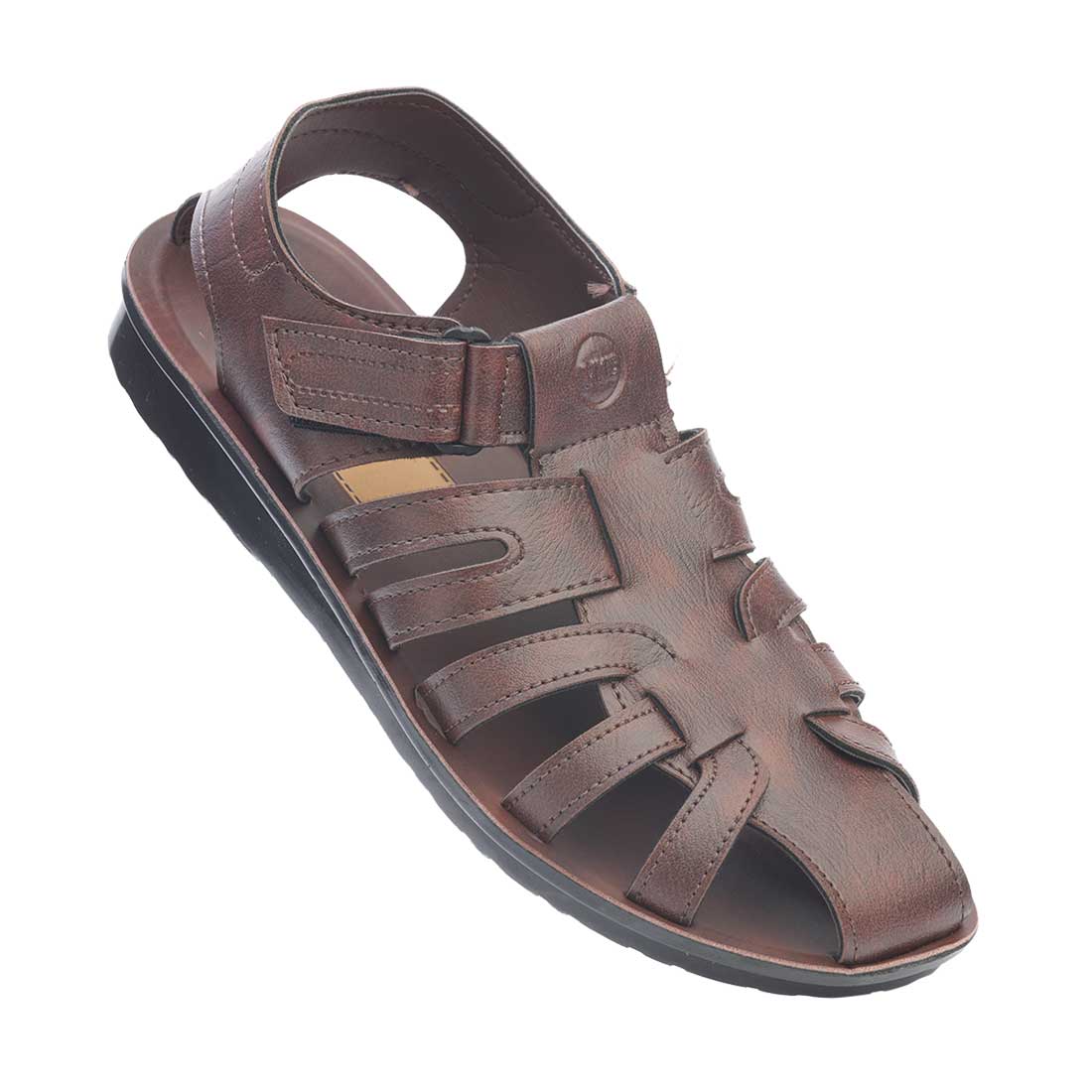American Society for Testing and Materials defines more than 12,500 international standards for safety and quality cross a wide variety of industries and services. Healthcare organizations globally adopt ASTM recommendations to implement best practices.
For masks, ASTM sets three levels of barrier protection:
- Level 1: low barrier protection: general use for short procedures and exams that don’t involve aerosols, spray or fluids.
- Level 2: moderate barrier protection: for low to moderate levels of aerosols, spray and/or fluids.
- Level 3: maximum barrier protection: for heavy levels of aerosols, spray and/or fluids.
To determine if a mask is Level 1, 2 or 3, ASTM evaluates several characteristics, including bacterial filtration efficiency, sub-micron particulate filtration, differential pressure and flame spread. The greatest difference between the three levels is in the mask’s resistance to penetration by synthetic blood. The minimum resistance pressure in a Level 3 mask is double that of a Level 1 mask.

